BIOGON 28 ZM vs G BIOGON 28
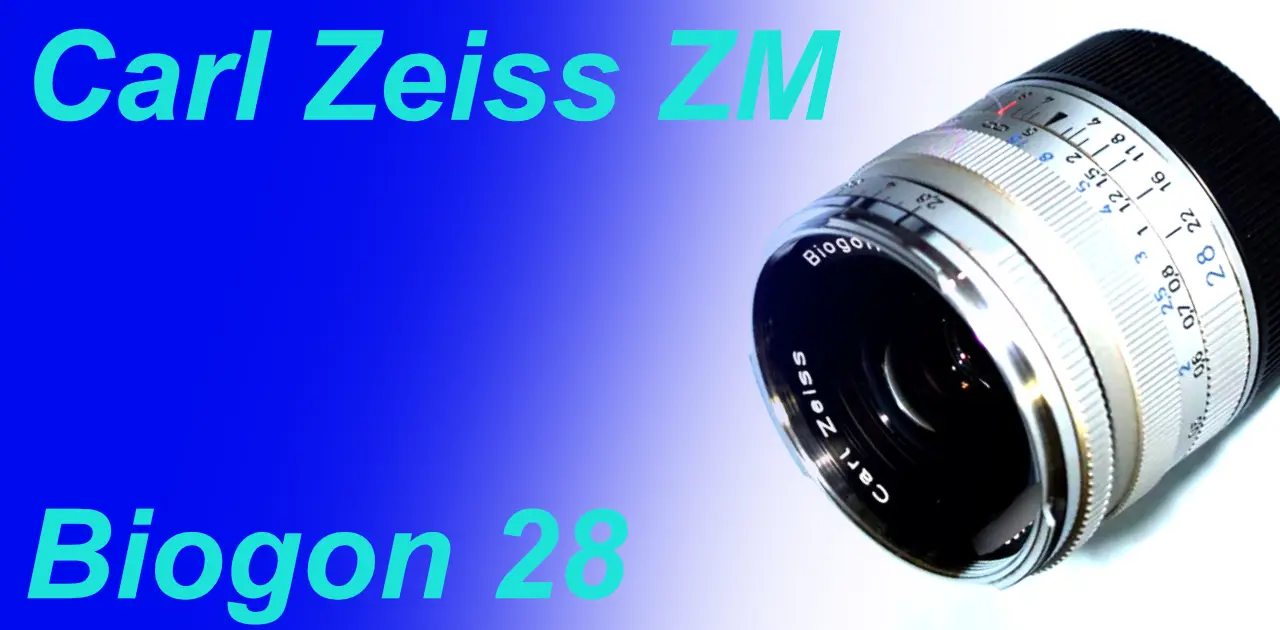
Go Beyond the CONTAX G
Review and photo examples using Carl Zeiss BIOGON T* 28mm F2.8 ZM with LEICA M8
Table of contents

Gallery
- The photo examples were taken with LEICA M8.
Review
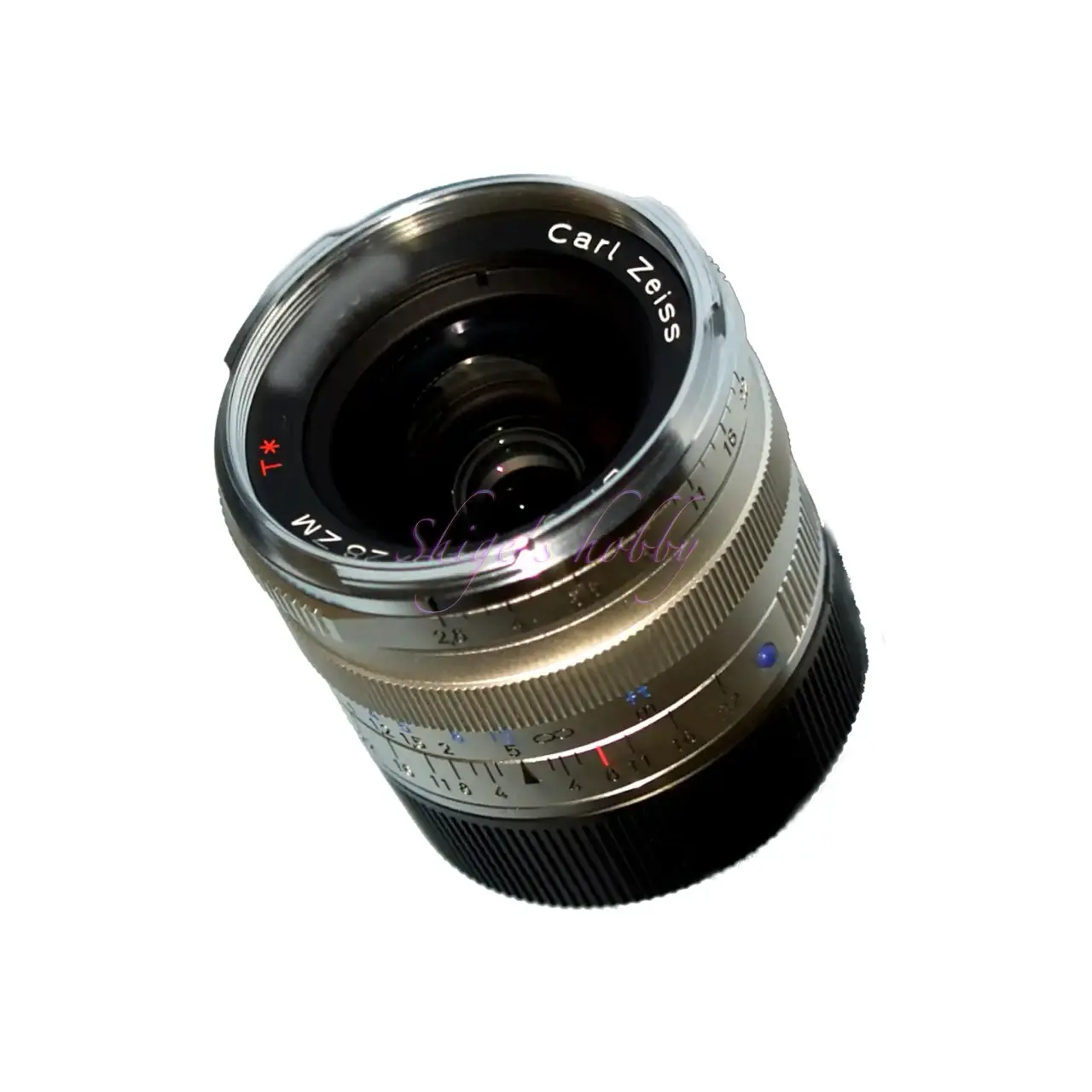
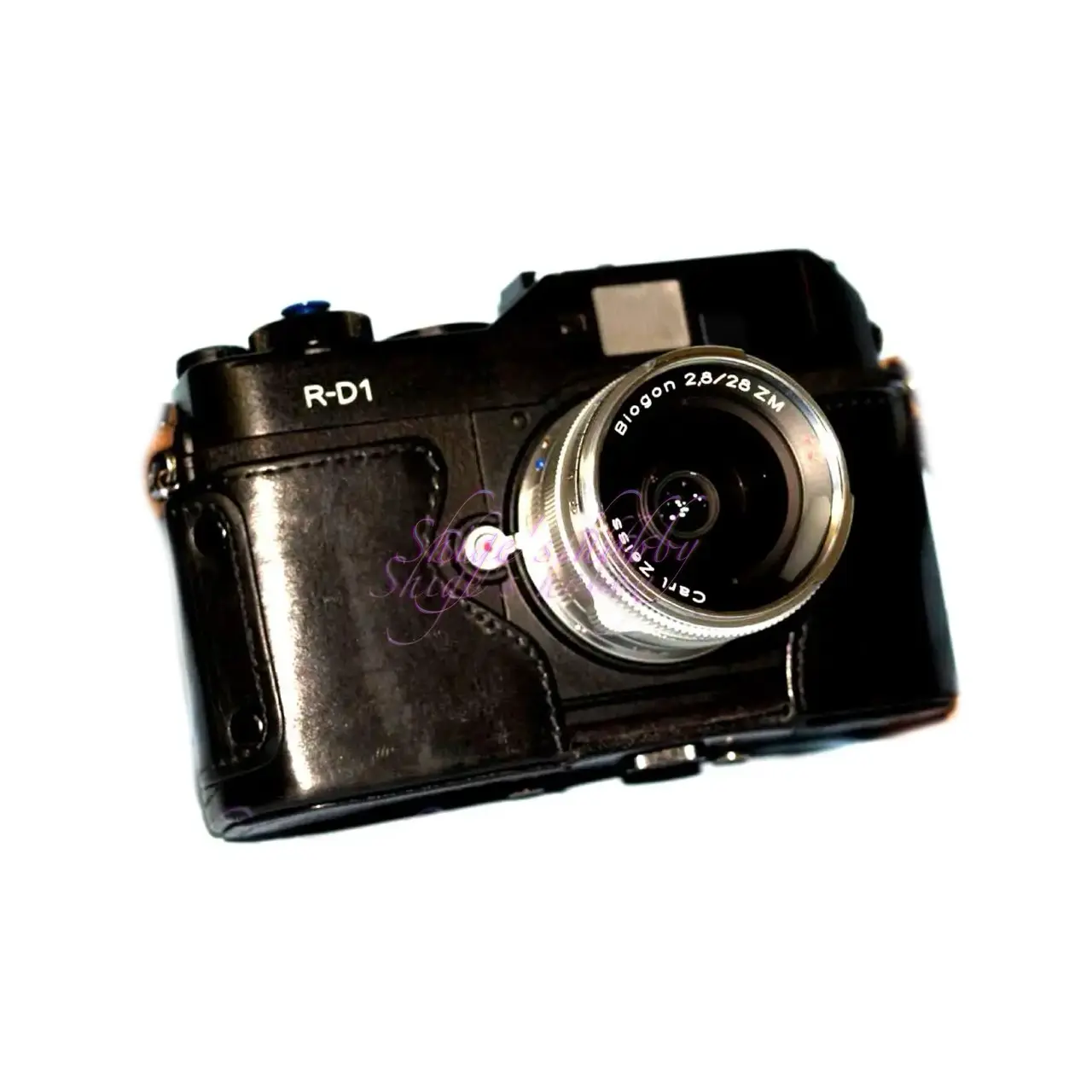
1.Overview
Biogon 28mm F2.8 ZM is a Leica M-mount compatible lens manufactured by Cosina and sold by Carl Zeiss, released in 2005.
The lens construction is symmetrical, with four elements in the front group and four in the rear group, and the back focus is designed to be as short as possible, which allows the lens length from the mount to be as short as 37mm.
The main specifications are as follows, and the details are listed in the table.
- Aperture 2.8
- Lens construction 6 groups, 8 elements
- Aperture blades 10
- Minimum shooting distance 0.5m
- Leica M rangefinder camera rangefinder coupling 0.7m
- Hood Carl Zeiss Lens Shade 25mm/28mm
- Lens color variations Silver and black
The lens hood is available in the cylindrical Carl Zeiss Lens Shade 25mm/28mm.
Since the shape of the hood attachment part on the front of the lens is the same, the square Carl Zeiss Lens Shade 21mm/25mm for 21mm and 25mm can also be attached.
Since the focal length of the 28mm is longer, there is no need to worry about vignetting, but the light blocking effect is reduced. However, from a styling perspective, it may be a good idea to attach a square hood.
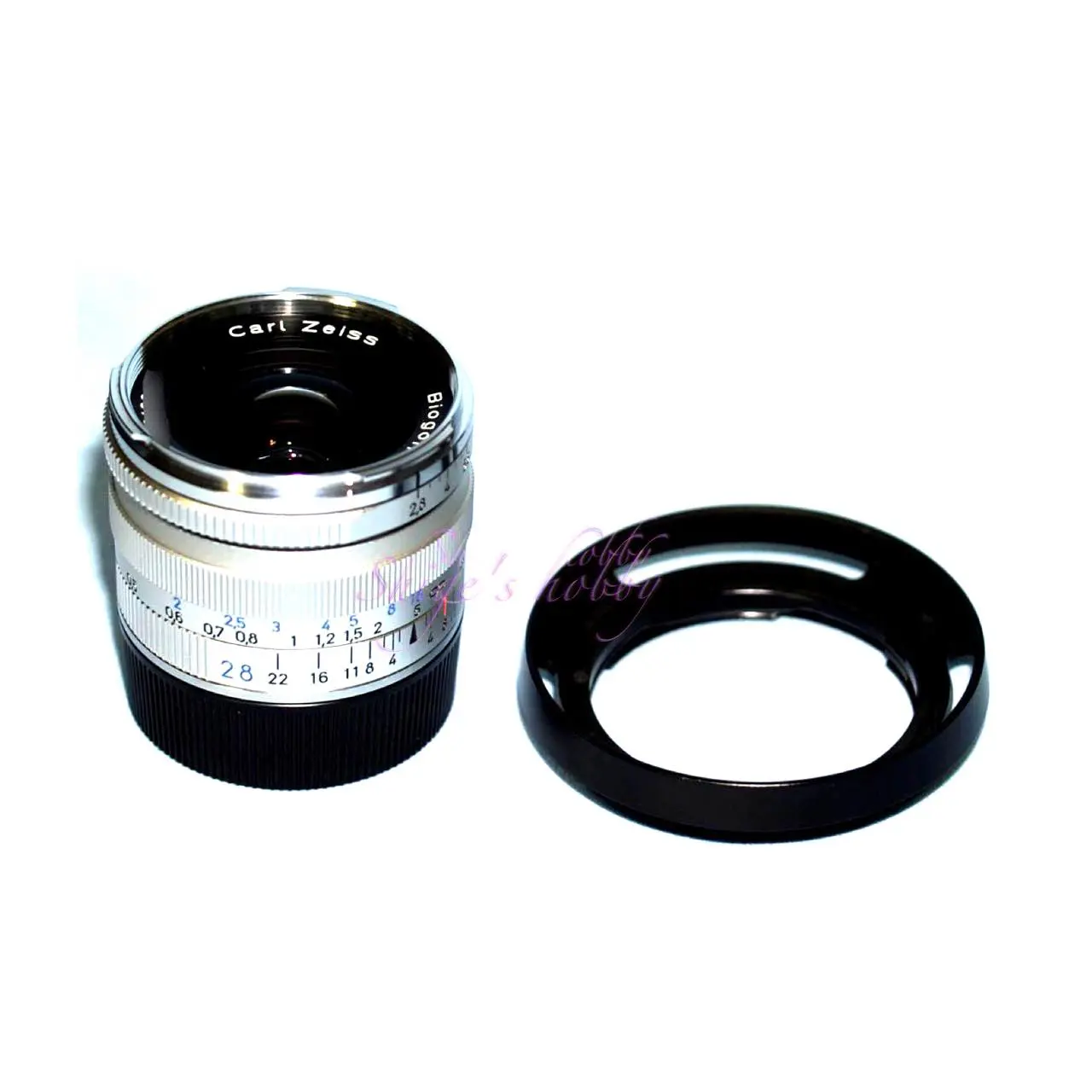

2.Usability
When looking at the results of shooting with the Biogon 28mm F2.8 ZM using a Leica M8 with an APS-H size sensor, there was no distortion or vignetting, and the high resolution of the image is common to other ZM lenses.
The focus ring has a moderate torque, and the mountain-shaped focus knob common to ZM lenses has a good grip, making it easy to focus. The aperture ring is located at the front of the lens, and has a range of apertures from F2.8 to F22, which are in 1/3 divisions common to the Zeiss ZM series. The minimum shooting distance of 0.5m is also less of a problem when used with a mirrorless camera.
I did not shoot with a 35mm full-frame sensor camera, so I cannot speak to the actual results, but as far as I can see from examples of 35mm full-frame sensor cameras on the web, there was no distortion or vignetting, and I did not find any images with the color cast that is common to older 28mm designs.
I bought it at the transition between film and digital cameras, but I have some regrets that I didn’t use it with a 35mm full-frame sensor and film.
3.Summary
In conclusion, the Biogon 28mm F2.8 ZM is a lens that can be used with confidence thanks to its compact lens barrel and stable image quality typical of a rangefinder lens. As of 2025, the Biogon 28mm ZM is still available as a new lens and could be a candidate for purchase when purchasing a wide-angle lens.
Lenses available for purchase as new in 2024
- Carl Zeiss Biogon 28mm ZM
- Voigtlander ULTRON Vintage Line 28mm F2 Aspherical TypeII VM
- Voigtlander COLOR-SKOPAR 28mm F2.8 As VM Type II
- Voigtlander NOKTON Vintage Line 28mm F1.5 Aspherical
- Leica Summilux-M f1.4/28mm ASPH.
- Leica Summicron-M f2/28mm ASPH. 11618
- Leica Elmarit-M f2.8/28mm ASPH.
- Leica Summaron-M f5.6/28mm
Specifications and lens comparison
The Contax G Biogon 28mm has a rear element closer to the film and sensor than this lens, so depending on the camera sensor, it can cause color casts on the periphery of the captured image, making it difficult to use. The lens configuration is three elements in the front group and four in the rear group, with one more lens in the rear group.
The Biogon 28mm F2.8 ZM has the same lens format and maximum F-number as the Contax G Biogon 28mm, an old lens that was well-received, and is a tough competition.
The lens configuration is symmetrical, with four elements in the front group and four in the rear group, as far as the cross-section is concerned, and it seems that Zeiss has refined the design with the intention of surpassing past Biogons.
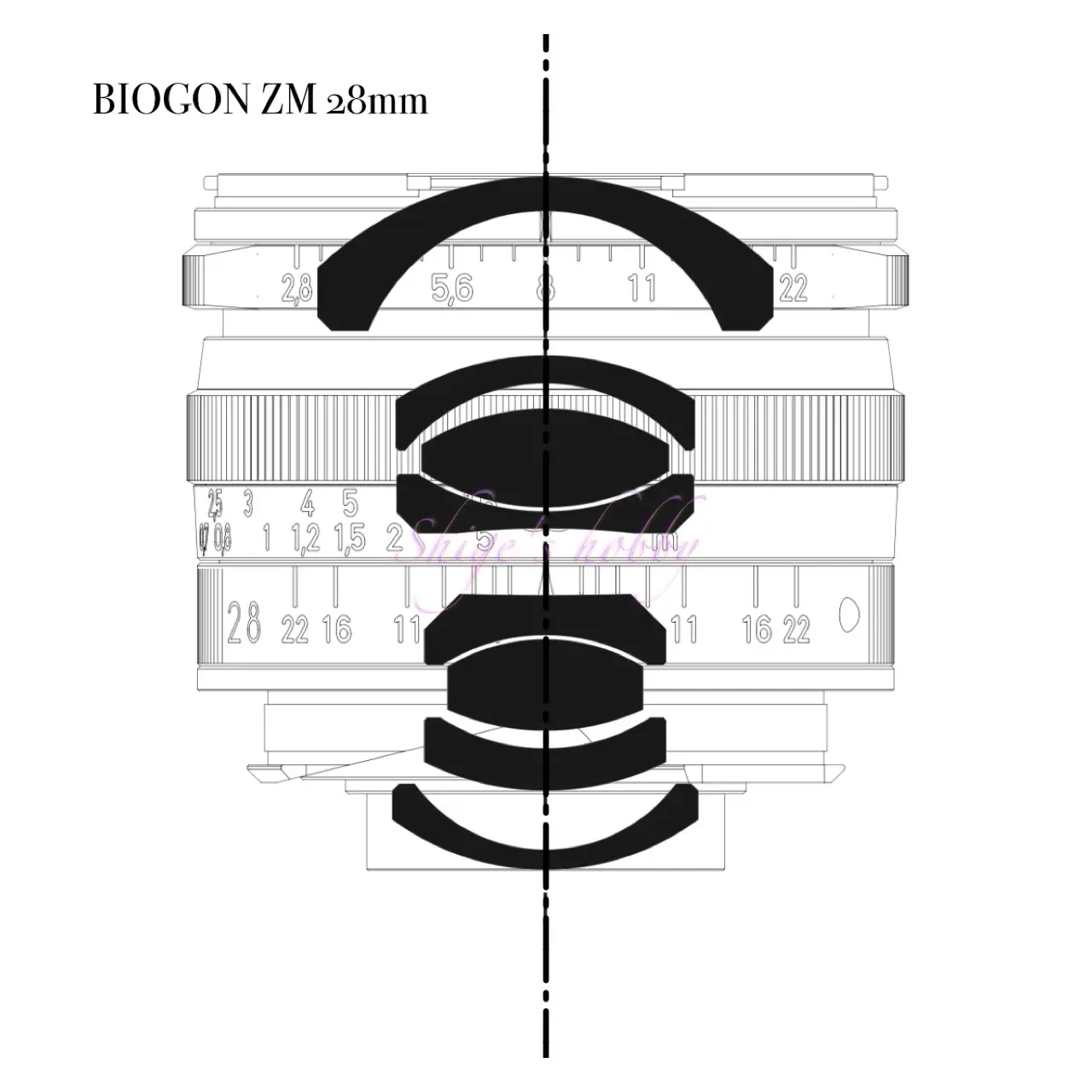
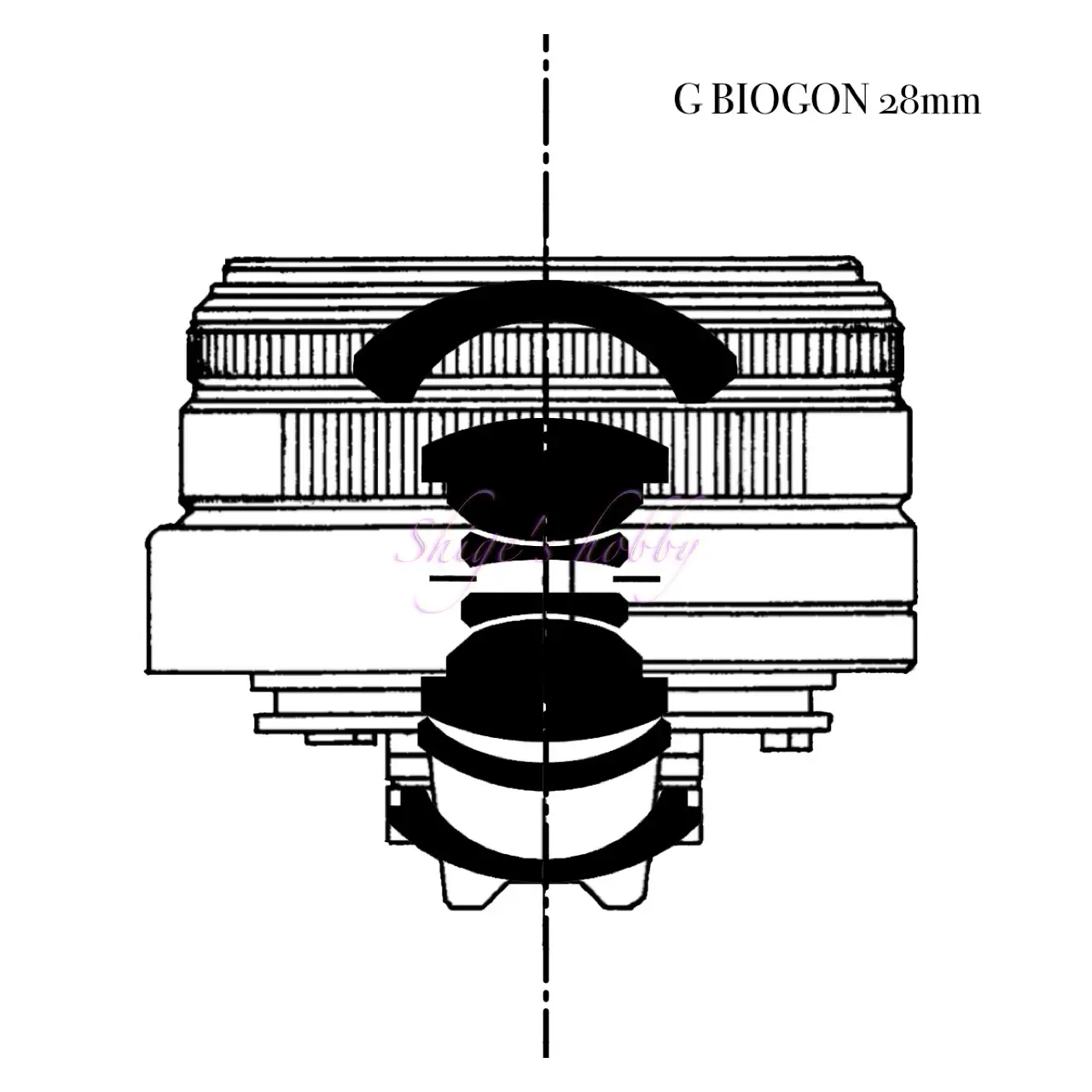
| Items | ZM BIOGON | G BIOGON |
| Focal length(mm) | 28 | 28 |
| Max aperture | 2.8 | 2.8 |
| Min aperture | 22 | 22 |
| Lens Construction | 8elements in 6groups | 7elements in 5groups |
| Min distance(m) | 0.5 | 0.44 |
| Lens length(mm) | 37 | 31 |
| Max diameter(mm) | 55 | 56 |
| Filter Size(mm) | 46 | 46 |
| Hood | 25/28 common bayonet type | 46mm screw-in type |
| Weight(g) | 220 | 150 |
| Release date | 2005.4 | 1994 |
| Price(Yen/No-tax) | ¥95,000 | ¥57,000 |
Reference links
Update
- 2025.4.11
- 2024.06.24
- 2024.04.20
- 2024.01.16
Affiliate link
- Some external links on this site are advertisements and clicking them may generate income for the site administrator.

Amazon Prime Sale
Leave a Reply